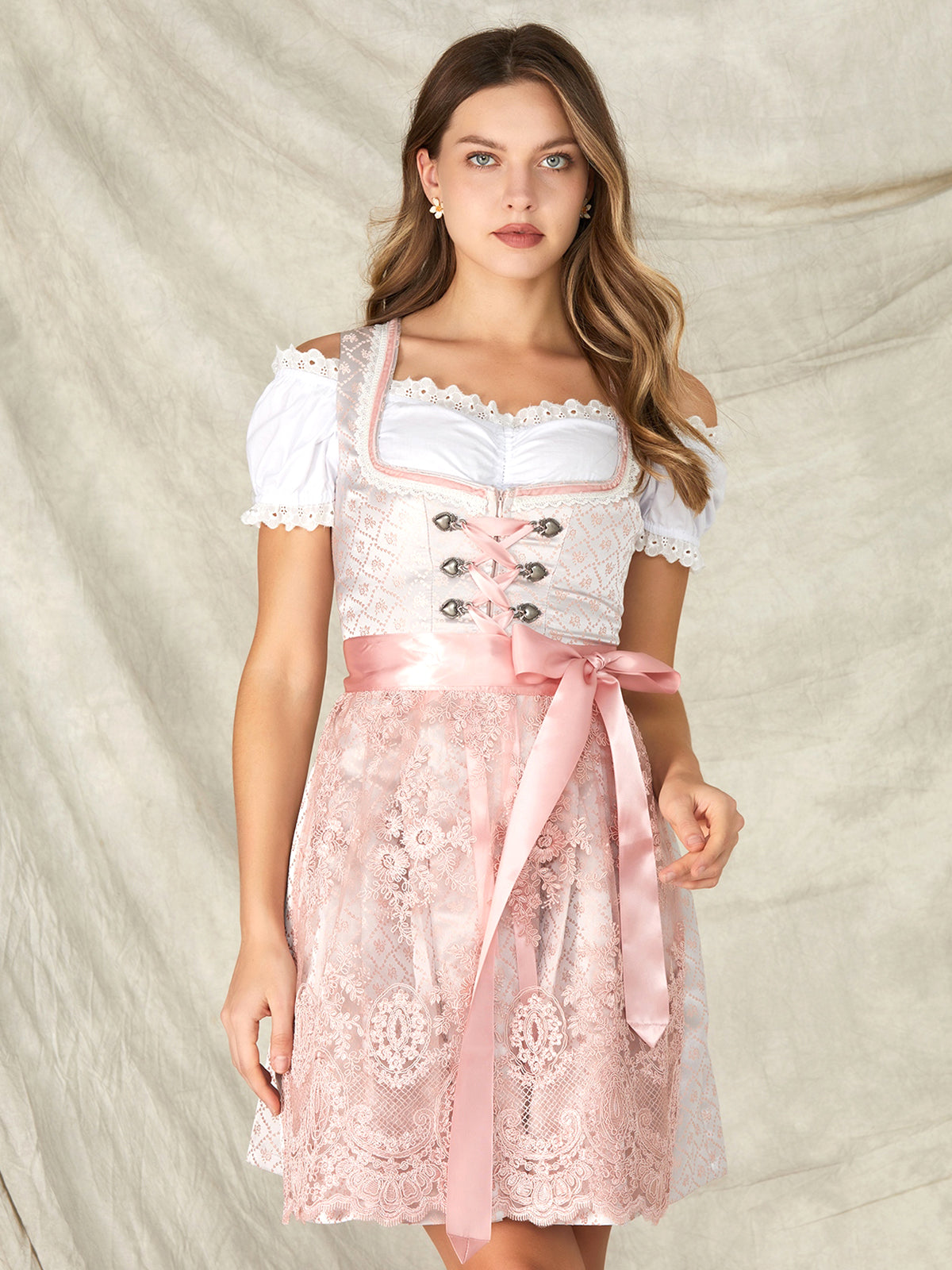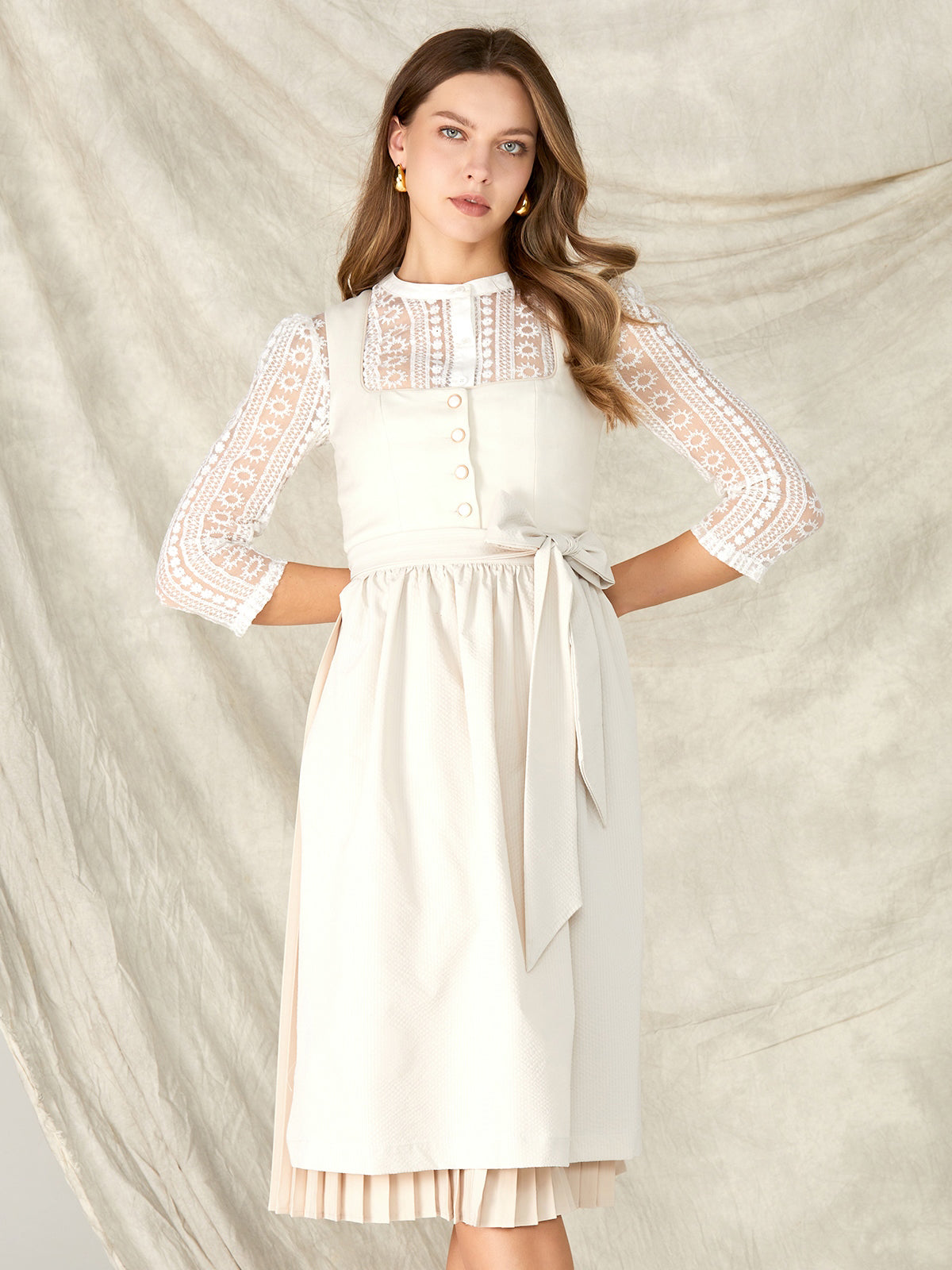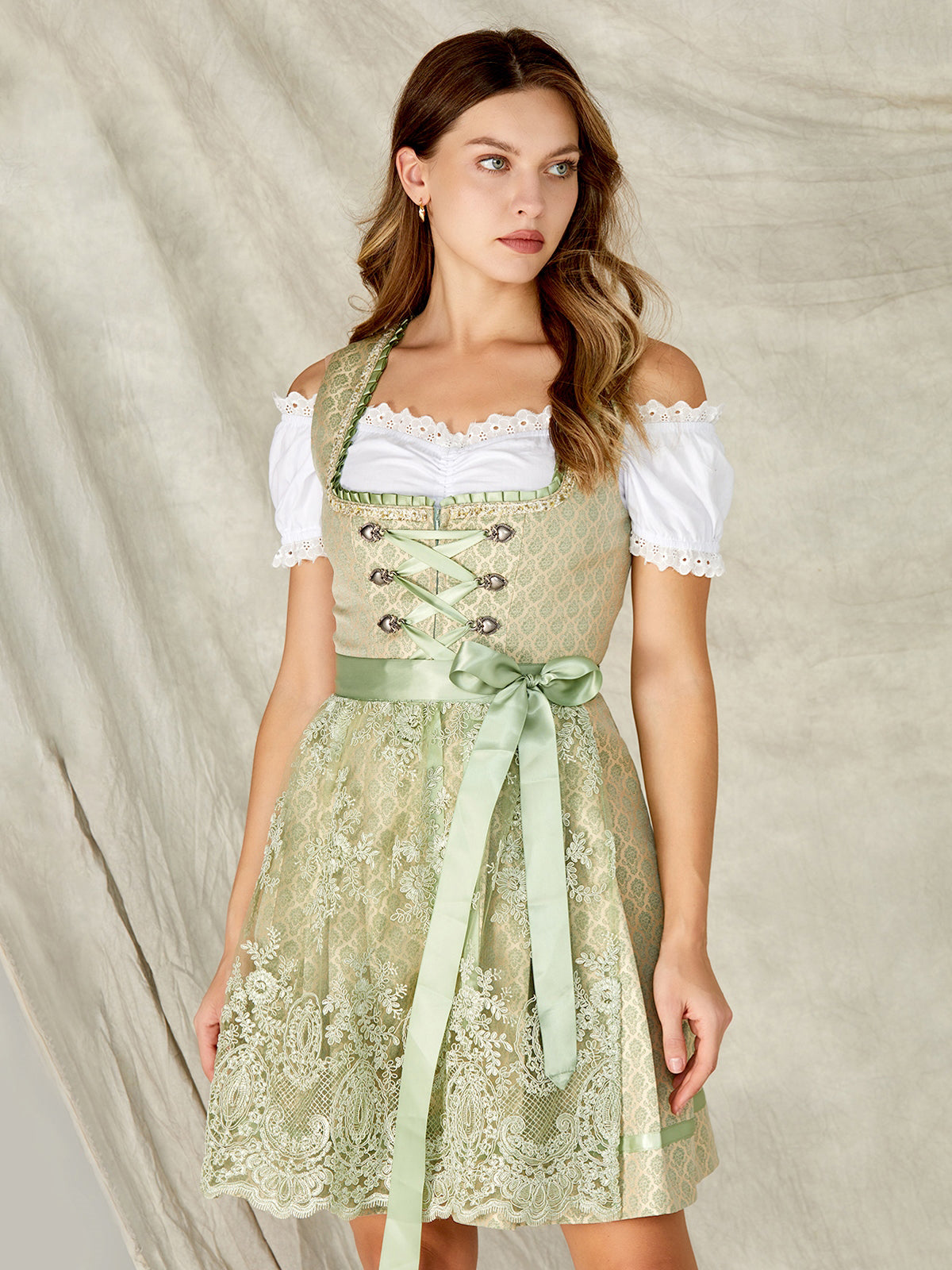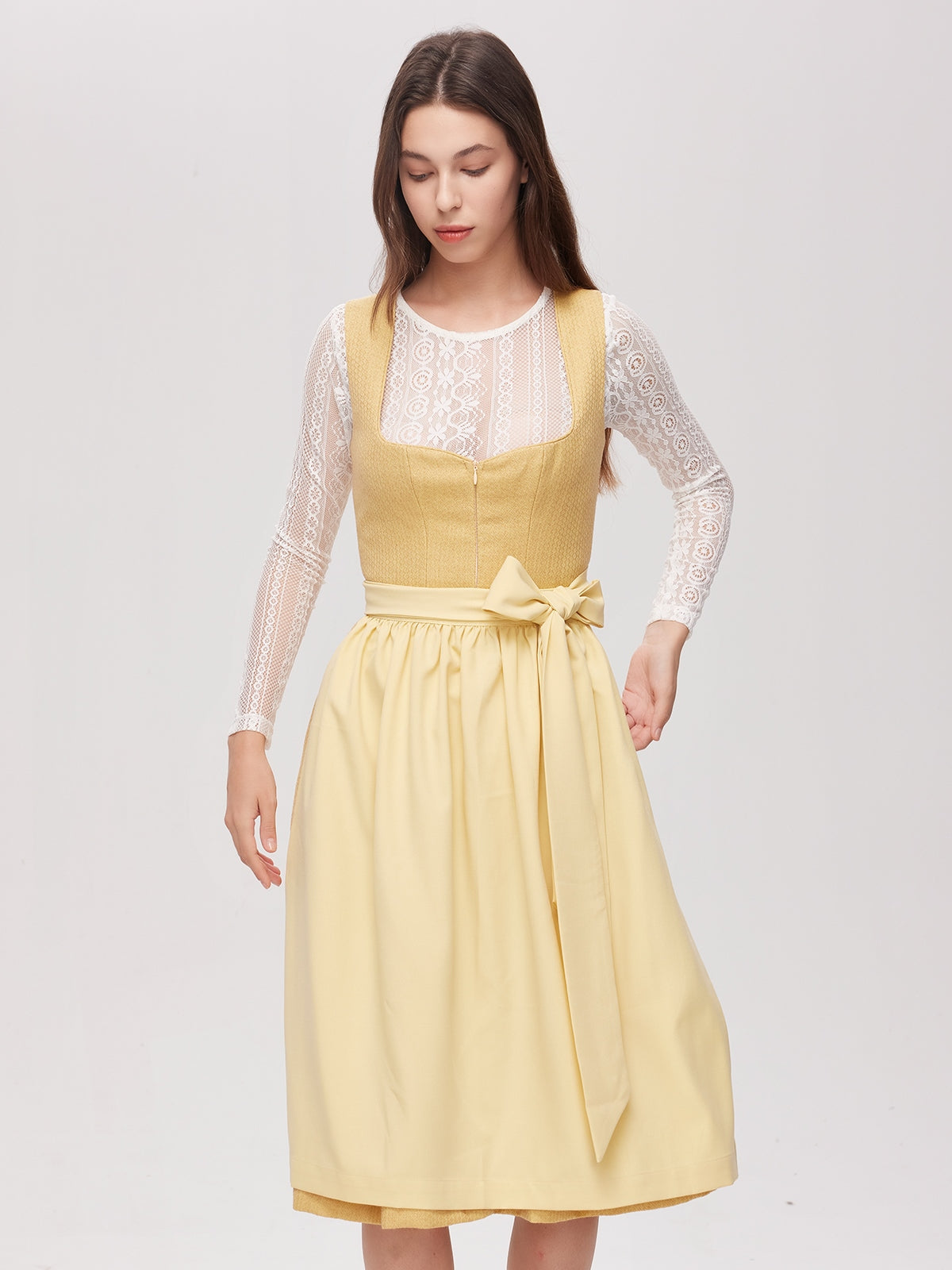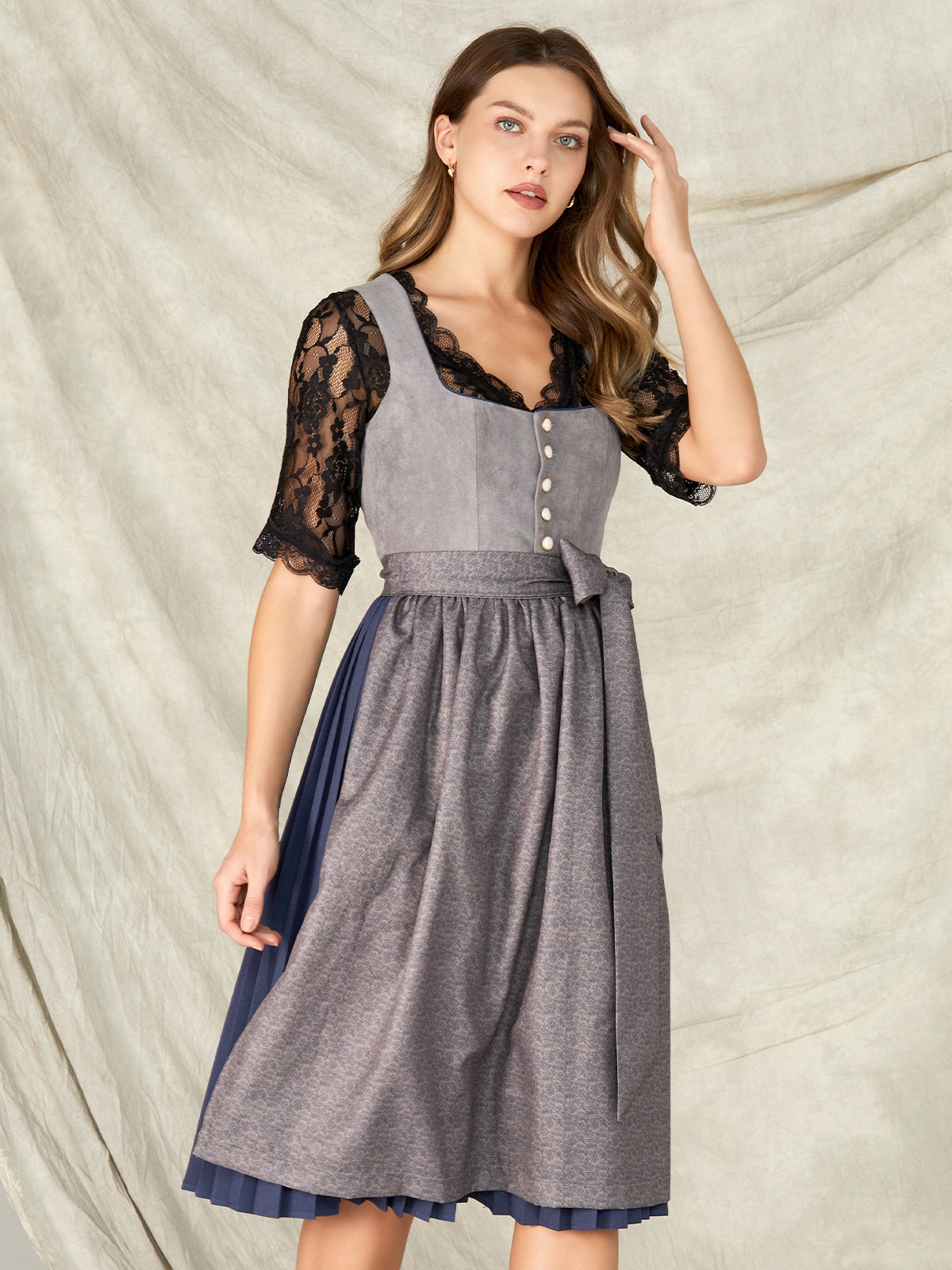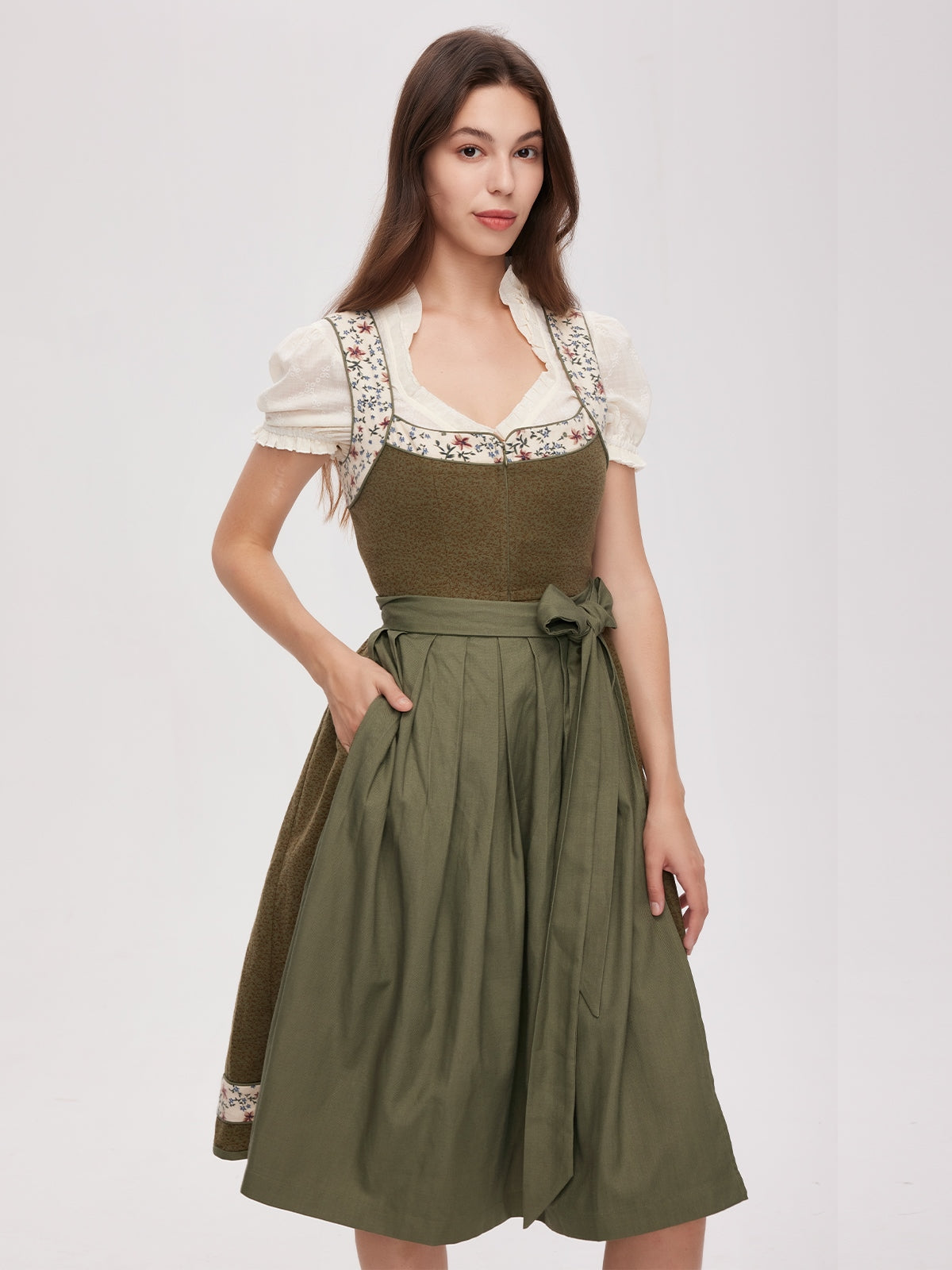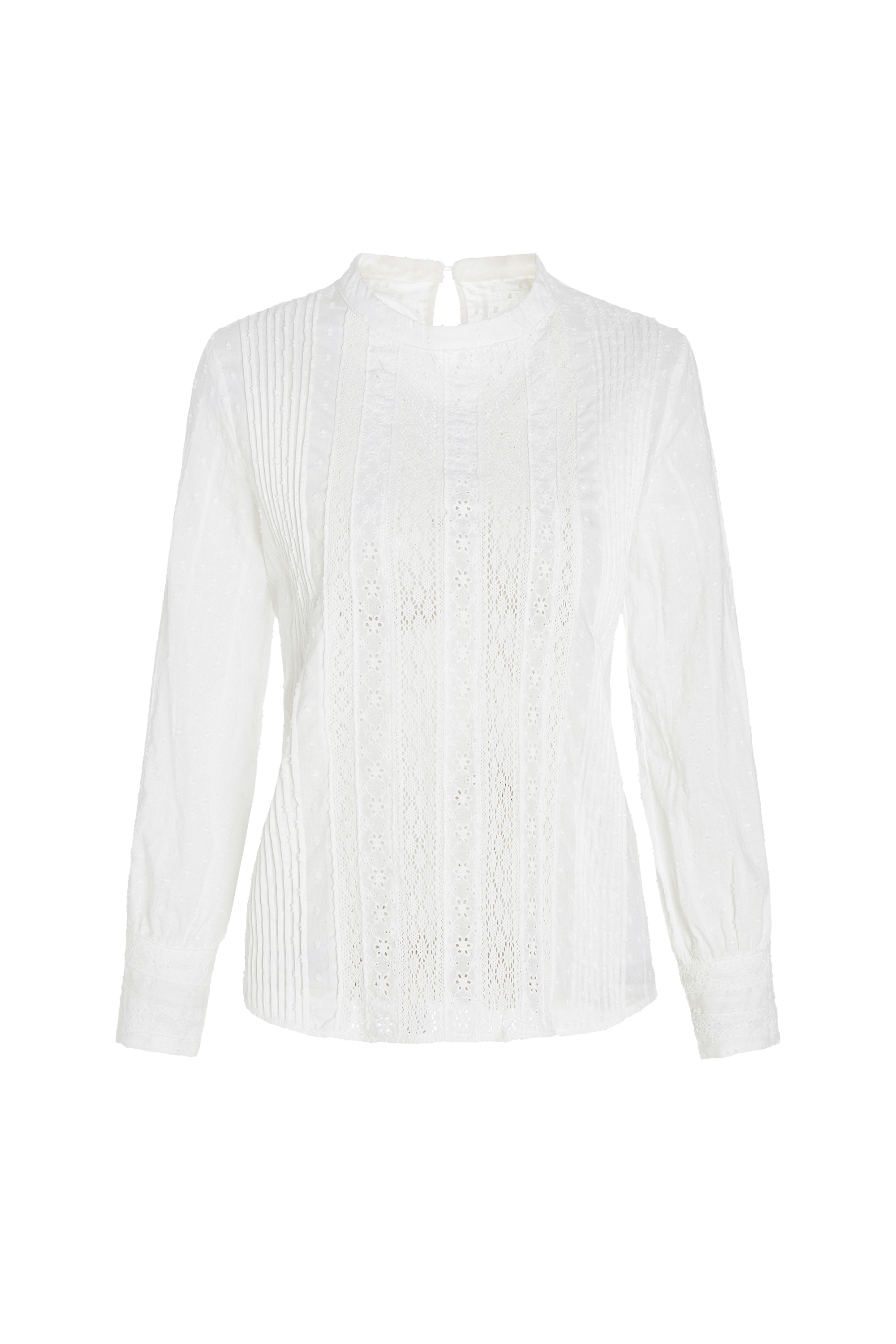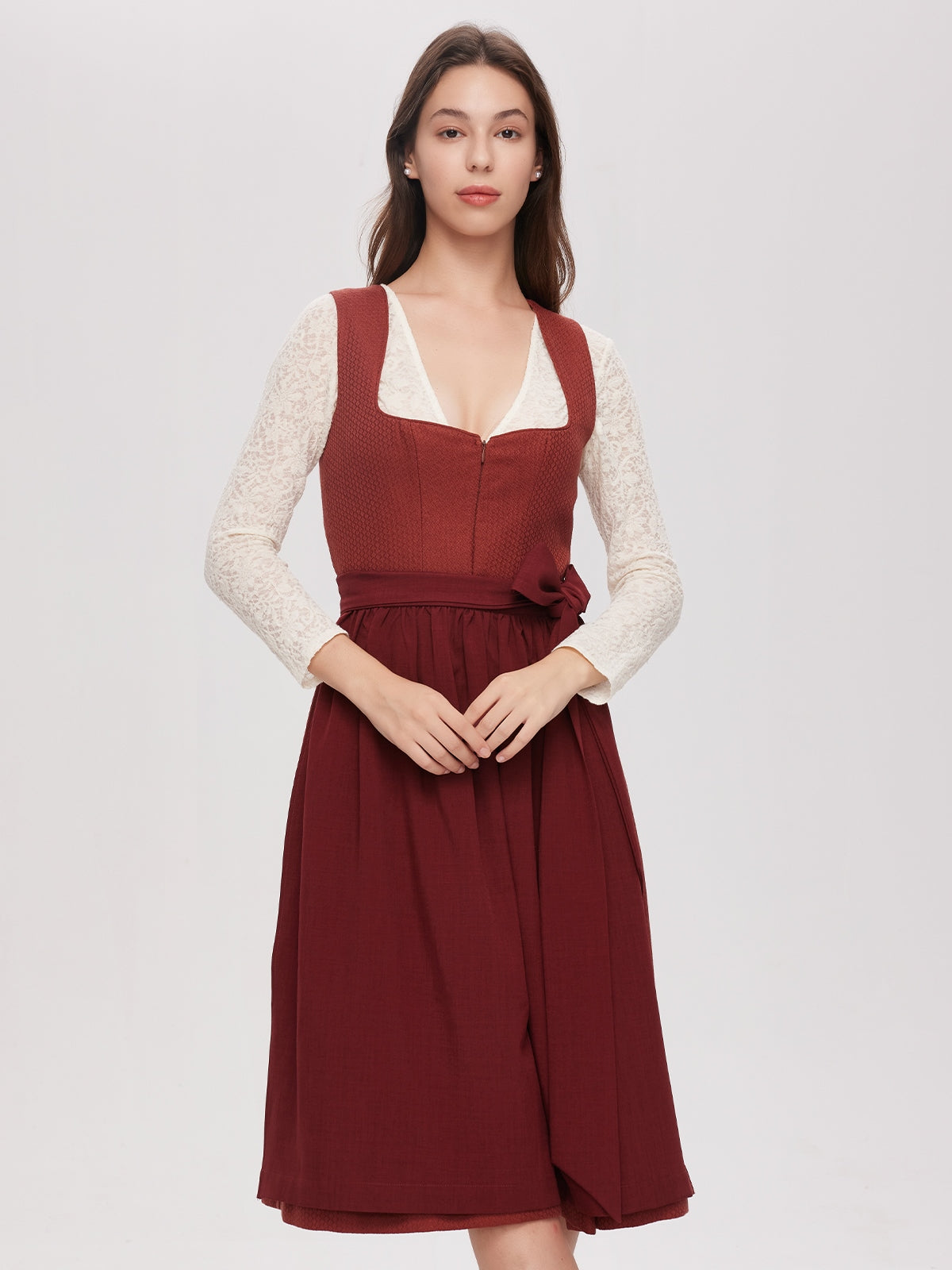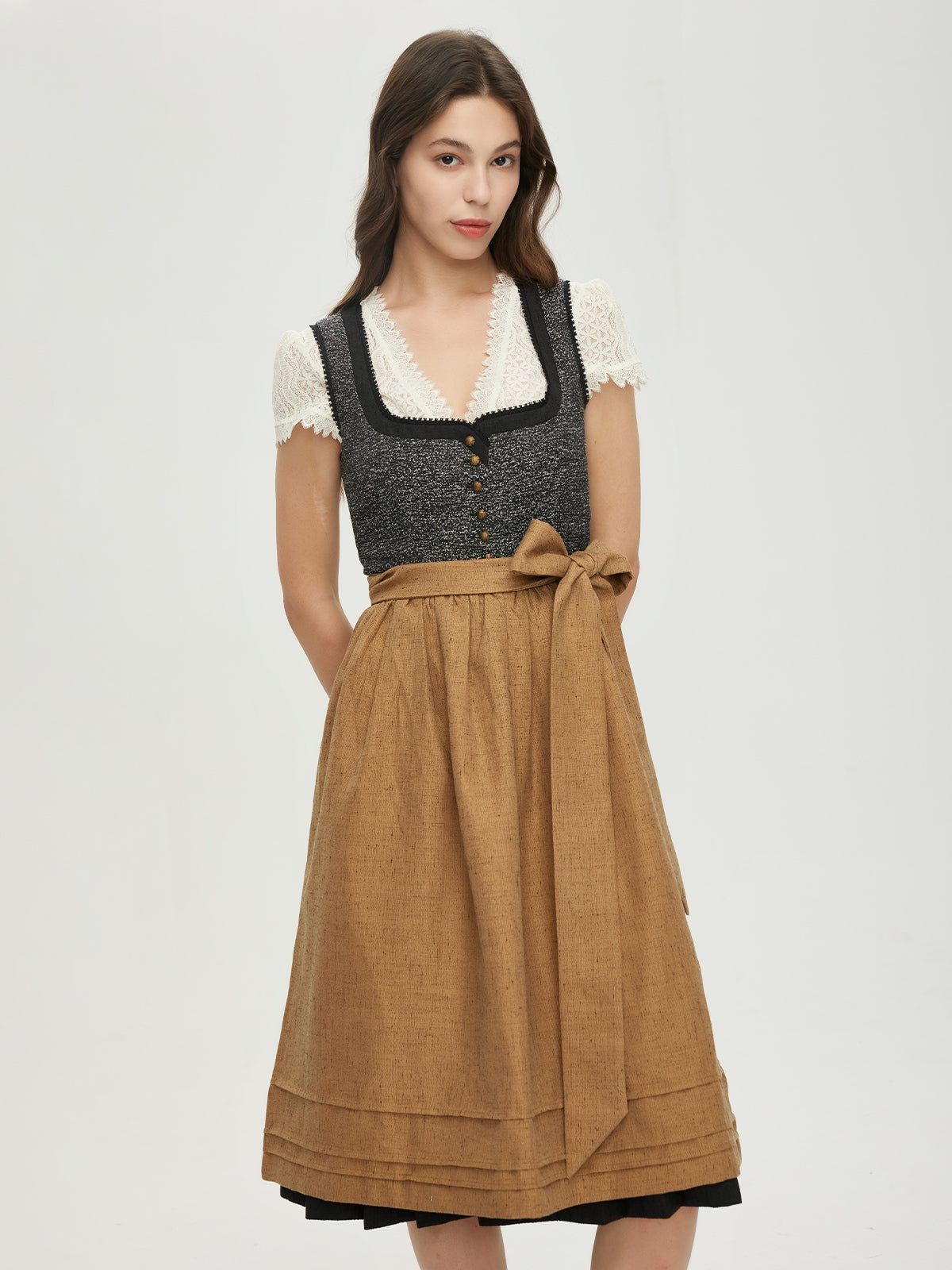The color orange has always held a special place in the world of fashion and costume. It radiates warmth, energy, and cheerfulness. In this article, we will explore the orange dress and apron to explore their history, meaning, and diverse uses.
The history of orange clothing
Origins of the color orange in clothing
The color orange originally derived its name from the fruit, the orange. Historically, orange was rarely used as a clothing color because the production of orange dyes was difficult and expensive. It was especially in certain regions and eras, such as some parts of Asia, that orange played an important role in clothing. In Chinese culture, for example, orange represents happiness, wealth, and warmth.
The popularity of orange clothing in modern times
In modern times, orange clothing has gained popularity. In the 1960s and 1970s, the color orange was a symbol of the hippie movement and youth culture. Orange dresses were colorful, free, and represented a departure from traditional, more conservative costumes. Today, orange is still popular in fashion, both in the form of orange dirndl dresses and other clothing.
The orange dress
Design and style
An orange dress can come in a variety of styles and designs. There are short, draped dresses that are ideal for summer parties or beach outings. These dresses exude cheerfulness and lightness. On the other hand, there are also long, elegant orange dresses that are suitable for formal occasions. A long orange evening dress can put a woman in the spotlight and give her a unique and glamorous appearance.
Combinations
An orange dress can be combined in a variety of ways. Black accessories like a black belt or black shoes give it a classic and elegant look. White accessories, on the other hand, give the orange dress a fresh and summery touch. Silver or gold can also be combined with an orange dress to make it even more glamorous.
The orange apron
In the kitchen
The orange apron is a popular kitchen accessory. The color orange brings warmth and cheer to the kitchen. An orange apron can not only protect against messes but also lift the mood of the cook. There are various styles of orange aprons, from simple, functional aprons to decorative, ornate models.
In other areas
Besides the kitchen, the orange apron is also used in other areas. In the fashion industry, orange aprons can be used as part of an outfit to create a color accent. In handicrafts or in the theater, the orange apron can also play an important role in emphasizing characters or enhancing the stage aesthetic.
The cultural significance of orange in clothing
In art and literature
In art and literature, the color orange is often associated with positive emotions such as love, joy, and warmth. An orange dress or apron in a painting can significantly influence the mood of the image and convey a sense of well-being to the viewer. In literature, describing an orange garment can help clarify a character's perspective or set the atmosphere of a scene.
In today's society
In today's society, the color orange in Oktoberfest dirndl dress also has social significance. Orange dresses and aprons can be used as statement pieces to stand out from the crowd or to represent certain values such as openness, creativity, and positivity.
Conclusion
The orange dress and apron are not just simple pieces of clothing, but rather symbols of color, style, and culture. Their history ranges from ancient traditions to modern fashion. Whether in the kitchen, on stage, or on the street, they can bring us warmth, energy, and joy. The diverse designs and combination possibilities make them popular pieces in our wardrobes. In the future, orange clothing and aprons will surely continue to play an important role in the world of fashion and costume.

